There is a major solo exhibition of works by Jon Imber at the Center for Maine Contemporary Art in Rockport.
That is a loaded sentence. After all, Jon Imber – a nationally respected artist, Harvard professor, pillar of the Stonington art community and beloved teacher – recently passed away after a year and a half struggle with amyotrophic lateral sclerosis, the fatal degenerative condition more commonly known as Lou Gehrig’s disease or ALS.
Imber and his wife, painter Jill Hoy, could not have been more courageous in giving the world a unique document about both the artistic process and the effects of ALS: Richard Kane’s film, “Jon Imber’s Left Hand.”
Imber is a genuine tragic hero, and his sacrifice has made us better.
This is also the art center’s last year in its Rockport home. It will soon move to a new Rockland building designed by Toshiko Mori, who was recently named to Architectural Digest’s 2014 top 100 architects list.
But despite its structural bends, droops and curves, the Rockport space has never looked better. Apparently, a building that literally seems to be breathing is a perfect setting for Imber’s unabashedly vibrant paintings.
This kind of space allows his paintings’ spiritual qualities to float forth. In tighter spaces, like Greenhut Galleries, the work features an exuberant physicality – a sort of muscular secularity.
“Jon Imber: Force of Nature” comprises work from the past decade. Other than the 10 portraits made in his last year, it is mostly all painterly abstraction in the vein of Willem de Kooning rather than the portraits and weird narratives associated with Imber’s mentor, Philip Guston.
But, whereas de Kooning had a violent edge to his imagery, Imber’s forms are exuberant and witty.
The most powerful presence in the main gallery is “Quince” – a 66-inch square circus party of dancing yellow. It is clearly a descendant of de Kooning’s seminal 1946-49 Attic Series, but in cadmium yellow deep instead of black and white.
Imber’s 2009-12 “Early in the Spring (My Attic)” makes a direct reference to de Kooning. This body of work is largely structured like de Kooning’s “Attic” paintings but with his more colorful palettes of the 1940s and ’50s.
Imber’s works are brainy much in the way of Miles Davis’s modal jazz: It seems like chaos but it’s all about weaving brilliant phrasing over a sophisticated scaffolding.
“Swoop” (2008) is a roiling sea of strokes in a broad but chalky palette. It develops from a swishy pink stroke flowing from the center down to the right. Imber’s key strokes tend to have three distinct motions to them. This pink stroke flows down, then tentatively turns with a shifting arc before shooting off the edge – leaving your eye to follow it back in, and then to the left side of the panel. The left motion of the other brushwork is topped by another pink stroke that acts like a turnaround – a jazz word for a phrase at the end of a section that leads back to repeat another section. This turnaround folds back in on itself (in three motions) to bend your eye through the dominant gray blue before visually returning you to the original swoop.
At first glance, Imber’s paintings have a Pollock-like “all-over” sensibility. This is reinforced by his propensity for visual circuits, as well as the shifting of the drips. Clearly, Imber turned his paintings sideways or upside-down while working on them but these are subtly misleading indicators of direction. Throughout the show, we see structures that could pass for figures – in “Summer Shoreline” and “The Heart of the Harbor”– and weighted-bottom landscape logic, as in “Jill’s Garden II,” “Nasturtiums” and “Dogwood.”
In a specific reversal that reinforces this approach, white forms float up like sea smoke and materialize into nearly solid vertical forms in “Spring Totems.” It reveals a reverential awareness of the spiritualist painting of Wilfredo Lam (1902-1982).
In “Tiger Lily,” magenta-speckled rose phrases make clear references to the flower, but the painting raises deep, interesting questions about the relation of Imber’s ostensible subjects to the content of the painting. It feels like the ball of string Theseus used to lead himself back through the Labyrinth: Imber, after all, starts by painting a place or a thing and then lets his challenge to make a good painting take over. But for a brainy problem-solver like Imber, paintings get more and more complicated with each stroke – since each responds to all others before it. This makes the last punctuating strokes extremely complex – and extremely important. Even the idea of a map through this labyrinth helps reveal the painterly narrative underlying the visual experience of Imber’s works.
One particularly interesting juxtaposition is the 2010 pre-ALS “Portrait of Jill” hanging near several of the post-diagnosis portraits – most notably Imber’s last painting, a 2014 portrait of Roz Sommers which wells from its center like a thrown stone ripples on a glassy pond.
The late paintings are all stronger even though Imber couldn’t even use his right hand to paint them. The other two portraits feature sophisticated top-left to bottom-right color motions reminiscent of Matisse’s Fauvist masterpiece “The Green Stripe.”
One of the strongest and most beautiful works is “Dogwood,” a post-diagnosis painting. One difference from earlier works is in the less chalky palette. Imber clearly spent a great deal of time mixing paint and had a penchant for adding titanium white to everything. This removed transparency, made the paint more physical and narrowed his range of values. Not whitening the paint only expanded his visual vocabulary – and he made it work.
The fact that de Kooning suffered from advanced Alzheimer’s raised questions about his very different late paintings. But there will never be such questions about Imber’s work: He was great to the very end.
Freelance writer Daniel Kany is an art historian who lives in Cumberland. Contacted him at
dankany@gmail.com
The story was corrected at 11:30 a.m. on June 8, 2014. Because of a reporting error, a previous version of this story misspelled artist Jon Imber’s name.
Send questions/comments to the editors.

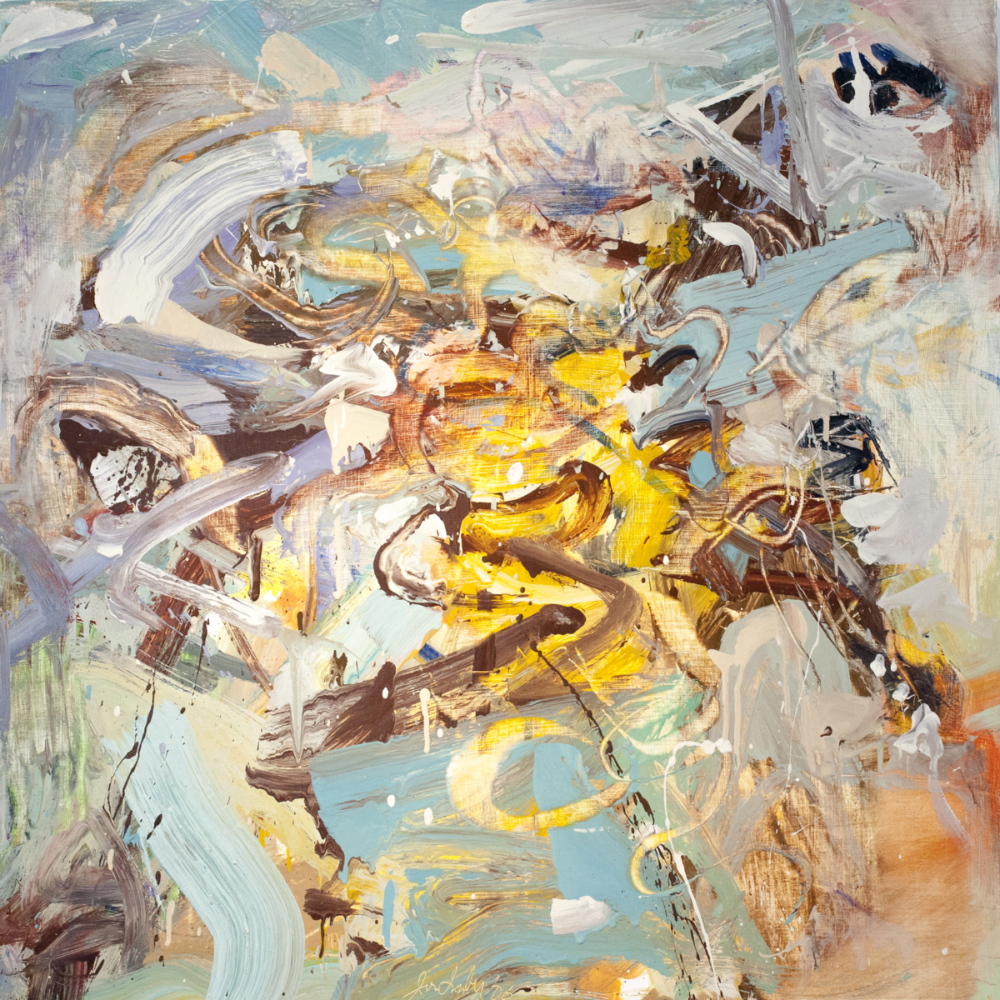
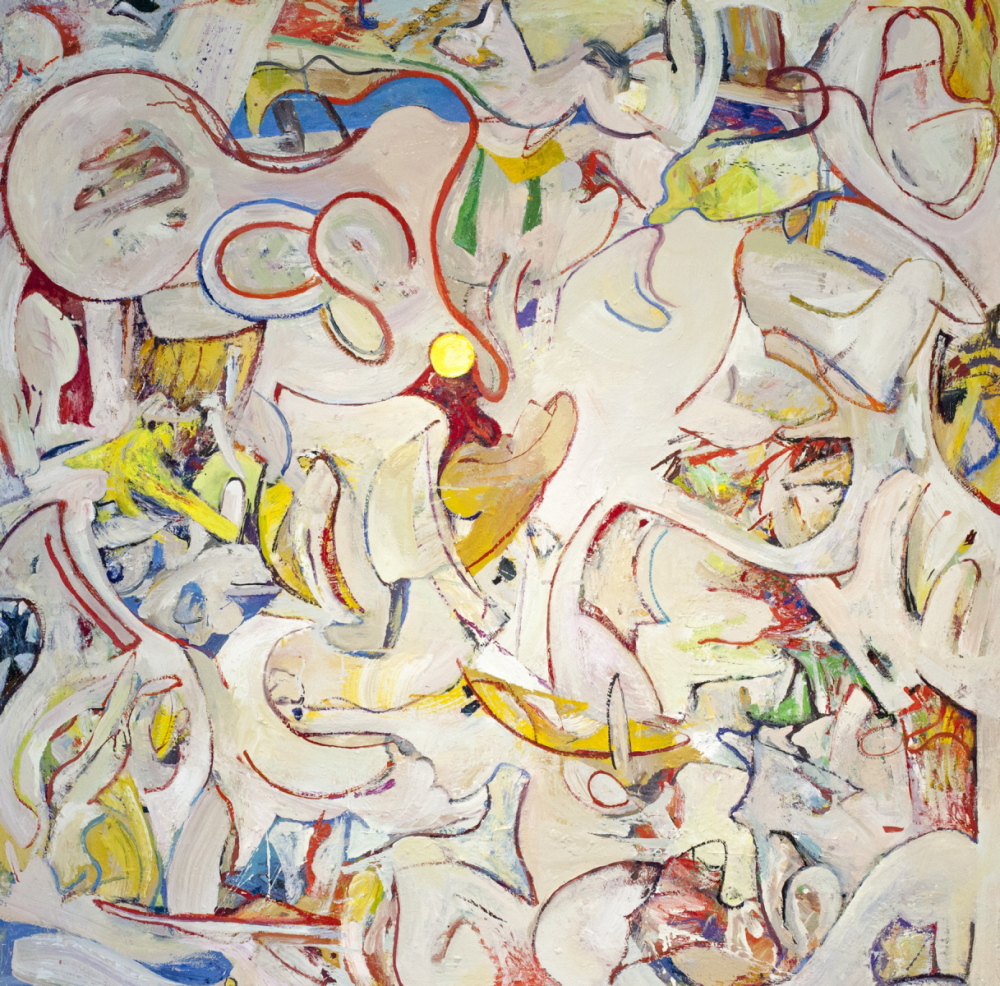
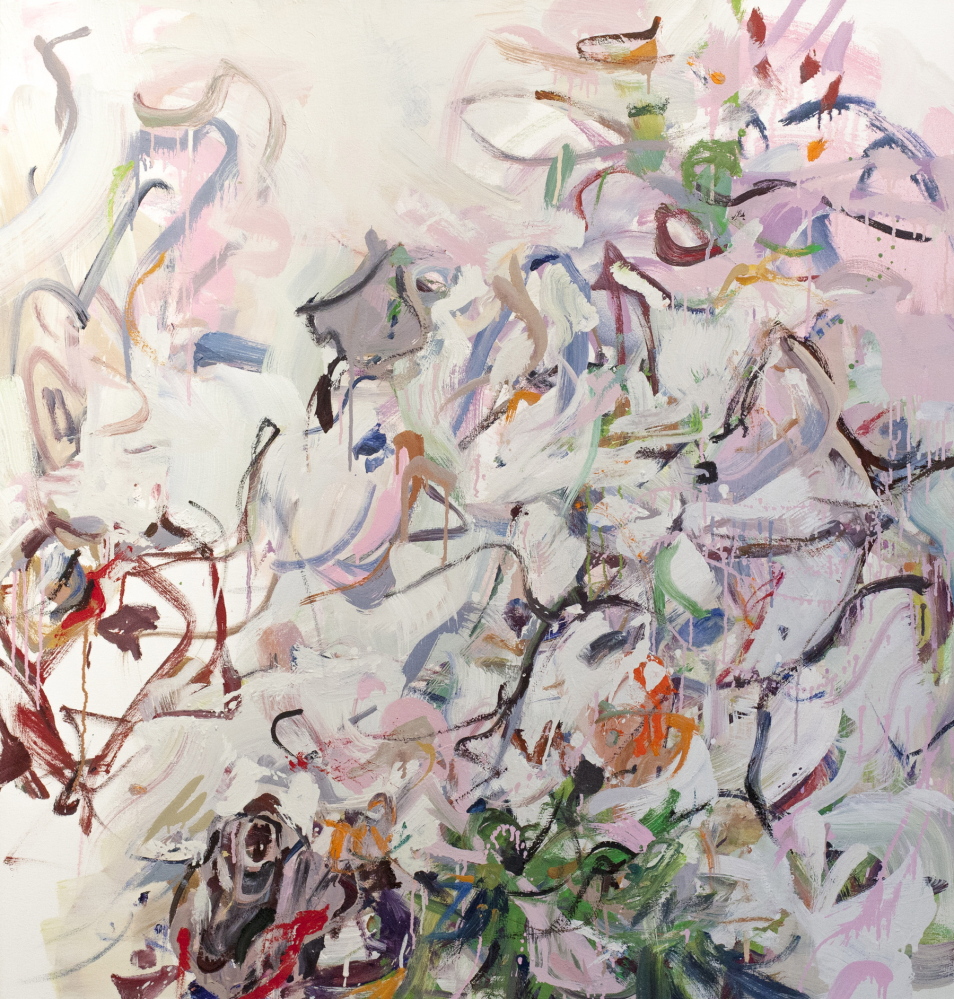
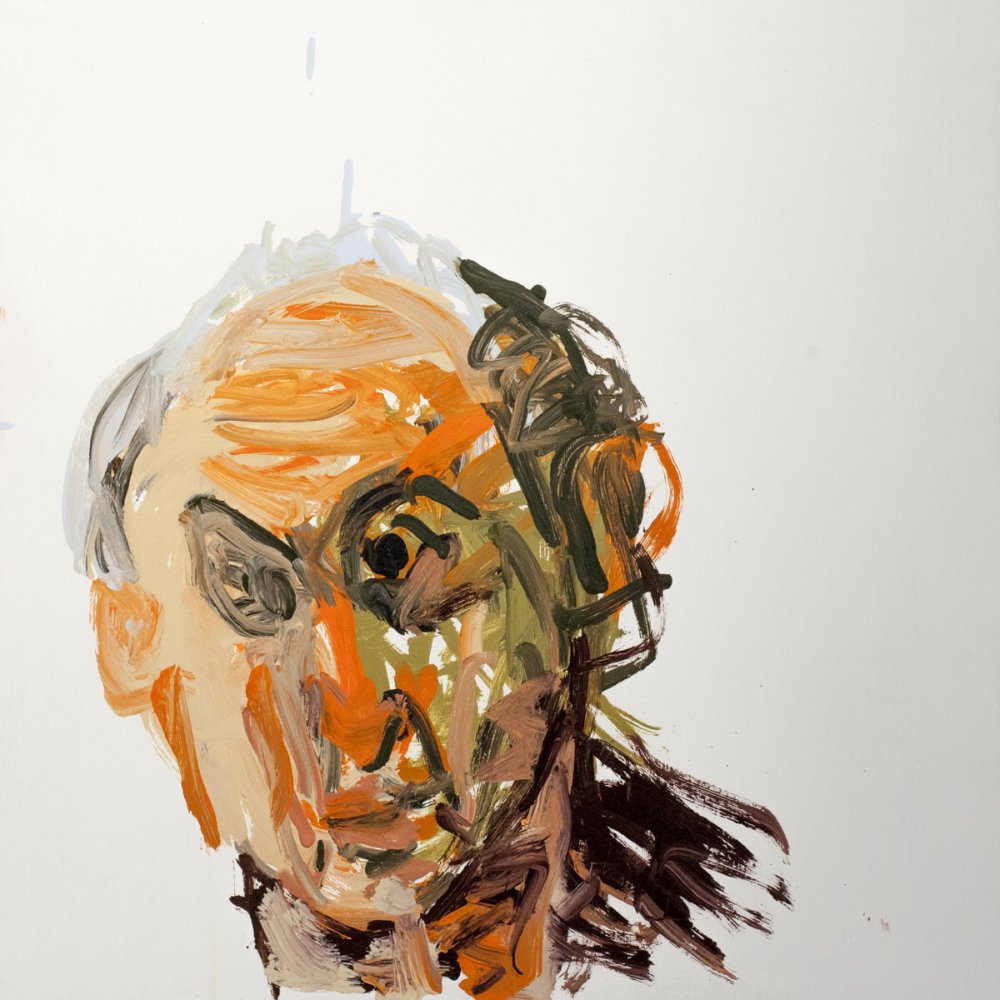
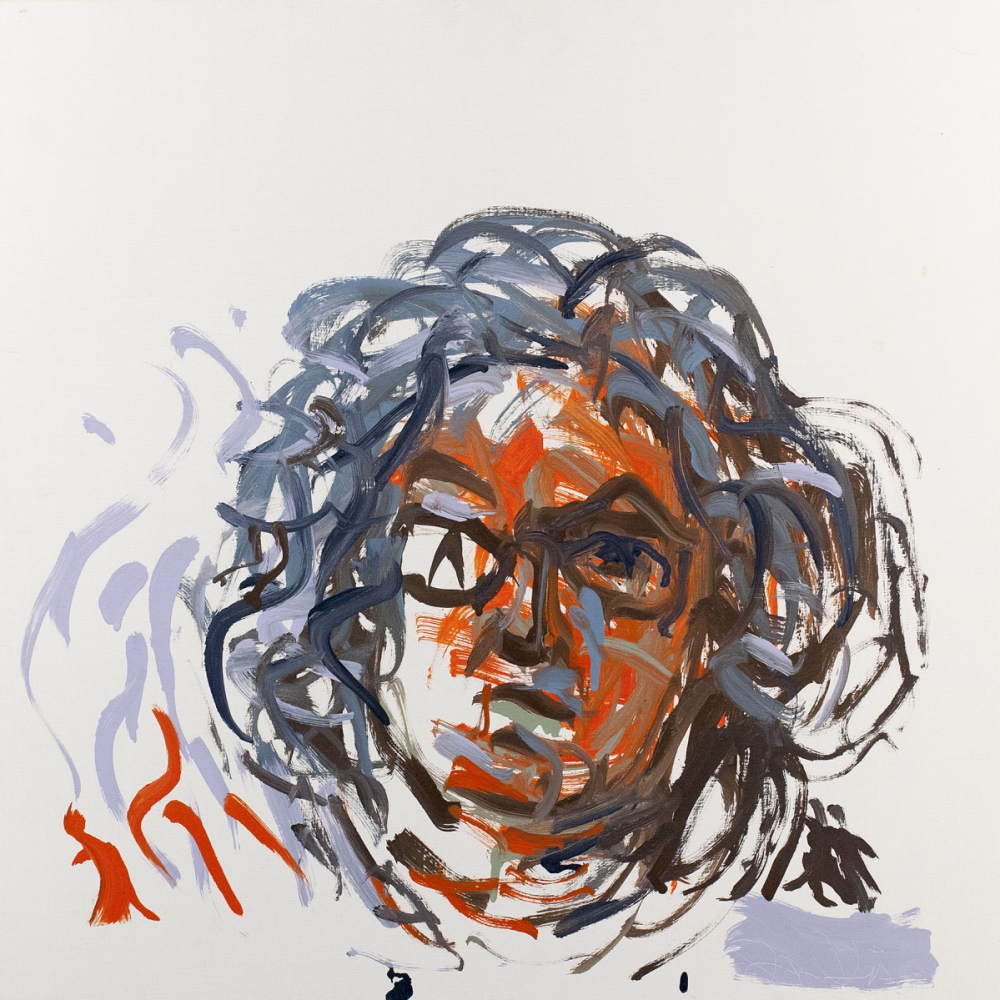
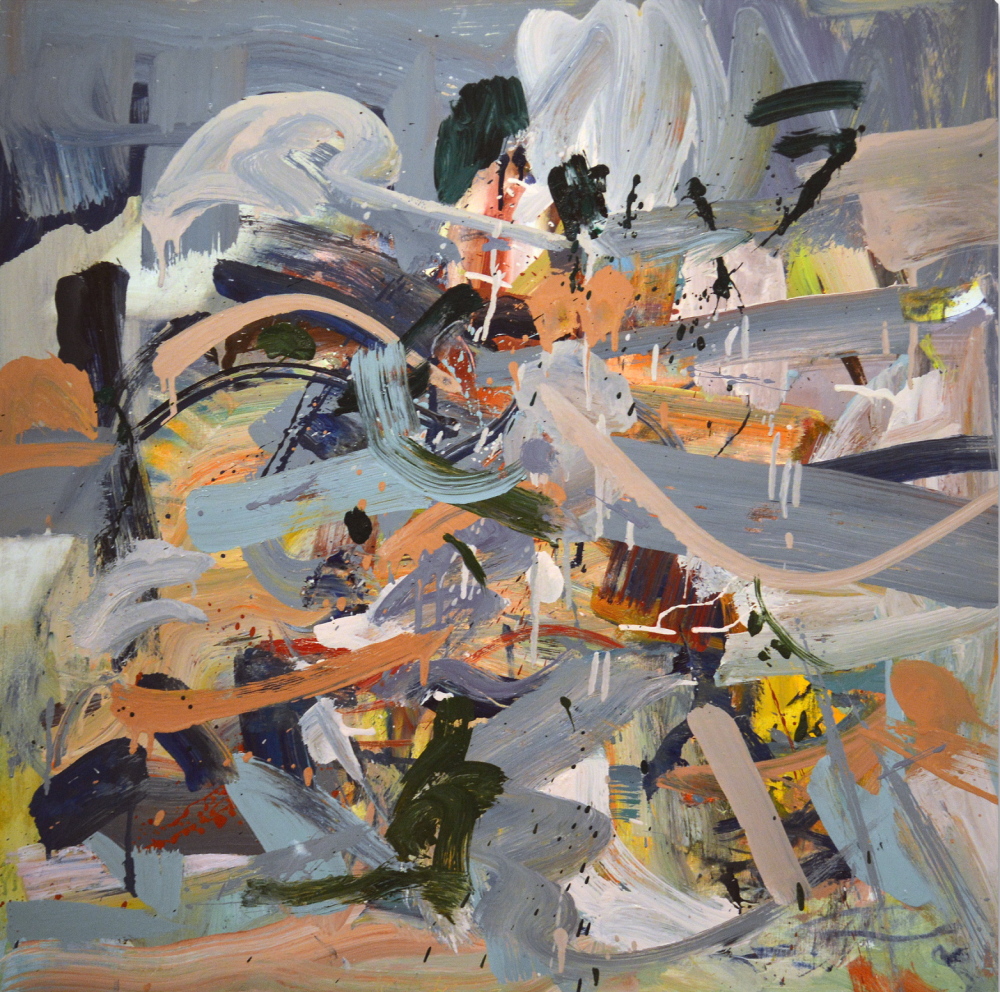

Success. Please wait for the page to reload. If the page does not reload within 5 seconds, please refresh the page.
Enter your email and password to access comments.
Hi, to comment on stories you must . This profile is in addition to your subscription and website login.
Already have a commenting profile? .
Invalid username/password.
Please check your email to confirm and complete your registration.
Only subscribers are eligible to post comments. Please subscribe or login first for digital access. Here’s why.
Use the form below to reset your password. When you've submitted your account email, we will send an email with a reset code.